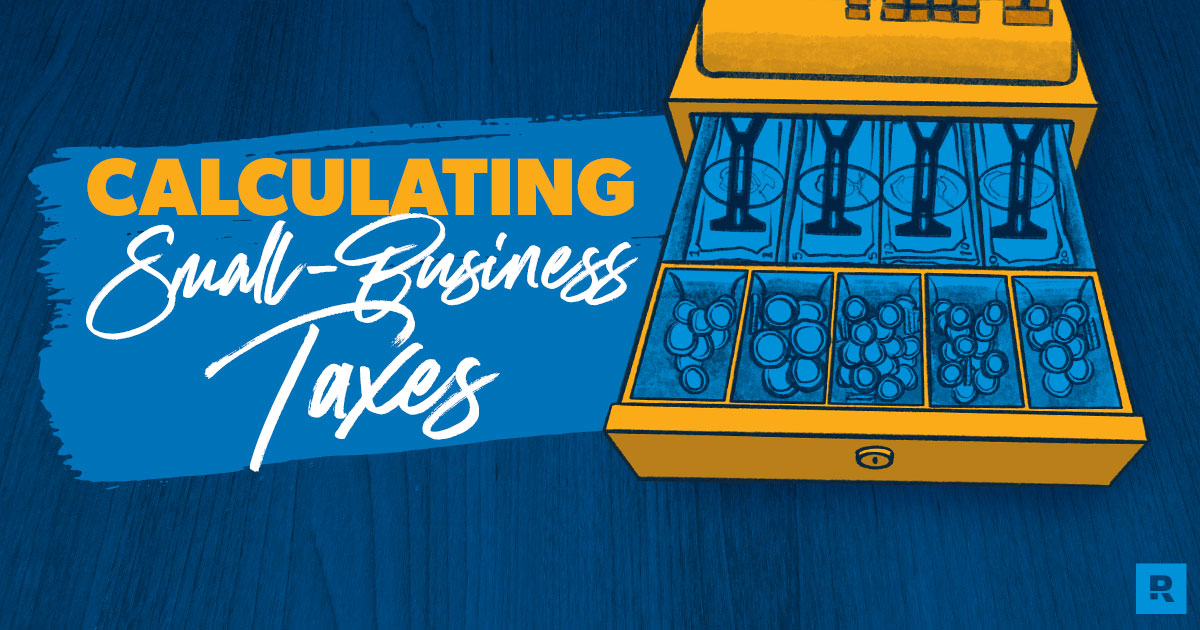How to Calculate Business Tax: A Comprehensive Guide
Running a successful business comes with various responsibilities, and one of the most crucial ones is managing your taxes. Understanding how to calculate your business tax is essential to ensure you meet your financial obligations and avoid any legal issues. In this guide, we will walk you through the process step by step, covering everything from determining your taxable income to applying deductions and credits.
Understanding Taxable Income
Before you can calculate your business tax, you need to determine your taxable income. This is the starting point for any tax calculation, and it involves adding up all the income your business has earned over a specific period. Here are the key components to consider when calculating taxable income:

How do I calculate business tax?
Gross Revenue
Your gross revenue is the total amount of money your business has earned before deducting any expenses. This includes all sales, services, and other sources of income. Make sure to include every source of revenue to get an accurate picture of your gross income.
Cost of Goods Sold (COGS)
If your business sells physical products, you’ll need to subtract the cost of goods sold (COGS) from your gross revenue. COGS includes the expenses directly associated with producing or purchasing the products you sell. Subtracting COGS helps you determine your gross profit.
Operating Expenses
Operating expenses are the costs of running your business, such as rent, utilities, employee salaries, and marketing expenses. These expenses are deductible and should be subtracted from your gross profit to calculate your net income.
Depreciation and Amortization
For tax purposes, you may need to account for depreciation and amortization of assets. These are expenses associated with the gradual wear and tear or the allocation of costs over time for assets like equipment or intangible assets. Properly accounting for these can reduce your taxable income. For company tax restructuring advise see this.
Interest and Other Deductions
Interest paid on business loans and other deductible expenses can further reduce your taxable income. Make sure to keep records of these expenses to claim the deductions.
Choosing the Right Tax Form
Once you’ve determined your taxable income, the next step is to choose the appropriate tax form for your business. The type of business structure you have will determine which tax forms you can use. Here are some common business structures and their corresponding tax forms:
Sole Proprietorship
If you are a sole proprietor, you will report your business income and expenses on your personal tax return using Schedule C. This form allows you to calculate your business income and deductions as part of your individual tax return.
Partnership
Partnerships use Form 1065 to report their income and expenses. The partnership itself doesn’t pay income tax; instead, profits and losses are distributed to the partners, who report them on their individual tax returns.
Corporation
Corporations, including S corporations, file their taxes using Form 1120 (for C corporations) or Form 1120S (for S corporations). These forms require you to calculate your business income and deductions to determine your corporate tax liability.
Limited Liability Company (LLC)
LLCs can choose how they want to be taxed, either as a sole proprietorship, partnership, S corporation, or C corporation. The tax form you use will depend on your chosen tax classification.
Calculating Business Taxes
Now that you’ve determined your taxable income and selected the appropriate tax form, it’s time to calculate your business taxes. The specific calculation will vary depending on your business structure and the tax rates in your jurisdiction. Here’s a general overview of the process:

Income Tax
For most businesses, income tax is the largest component of their tax liability. To calculate income tax, you’ll need to apply the tax rate that corresponds to your taxable income. Be aware that tax rates may vary depending on your location and business structure.
Self-Employment Tax
If you’re a sole proprietor or a partner in a partnership, you may be subject to self-employment tax. This tax covers your contributions to Social Security and Medicare. To calculate self-employment tax, you’ll use Schedule SE along with your personal tax return.
Payroll Taxes
If you have employees, you’ll need to calculate and withhold payroll taxes, including federal income tax, Social Security, and Medicare taxes from their wages. Additionally, you’ll be responsible for paying the employer’s portion of Social Security and Medicare taxes.
State and Local Taxes
In addition to federal taxes, you may also be subject to state and local taxes. These taxes can vary widely depending on where your business is located. Check with your state and local tax authorities for guidance on calculating and paying these taxes.
Applying Deductions and Credits
To reduce your tax liability, take advantage of deductions and credits available to your business. Here are some common deductions and credits that can help lower your tax bill:
Business Expenses
Deductible business expenses, such as office supplies, travel expenses, and professional fees, can significantly reduce your taxable income. Keep detailed records of these expenses and consult with a tax professional to ensure you claim all eligible deductions.
Small Business Tax Credits
Various tax credits are available to small businesses, such as the Small Business Health Care Tax Credit and the Work Opportunity Tax Credit. These credits can provide substantial savings if your business qualifies.
Depreciation Deductions
You can deduct the depreciation of certain business assets over time, which can result in significant tax savings. Be sure to use the correct depreciation methods and consult with a tax advisor for guidance.
Seek Professional Guidance
Calculating business taxes can be a complex and time-consuming process, and the tax laws are subject to change. To ensure accuracy and compliance with tax regulations, it’s wise to seek professional guidance from a certified accountant or tax advisor. They can help you navigate the tax code, maximize your deductions, and ensure you meet all your tax obligations.
In conclusion, understanding how to calculate business taxes is essential for every business owner. By accurately determining your taxable income, choosing the right tax form, and applying deductions and credits, you can minimize your tax liability and keep your business financially healthy. Remember that tax laws can change, so it’s crucial to stay informed and seek professional assistance when needed.

